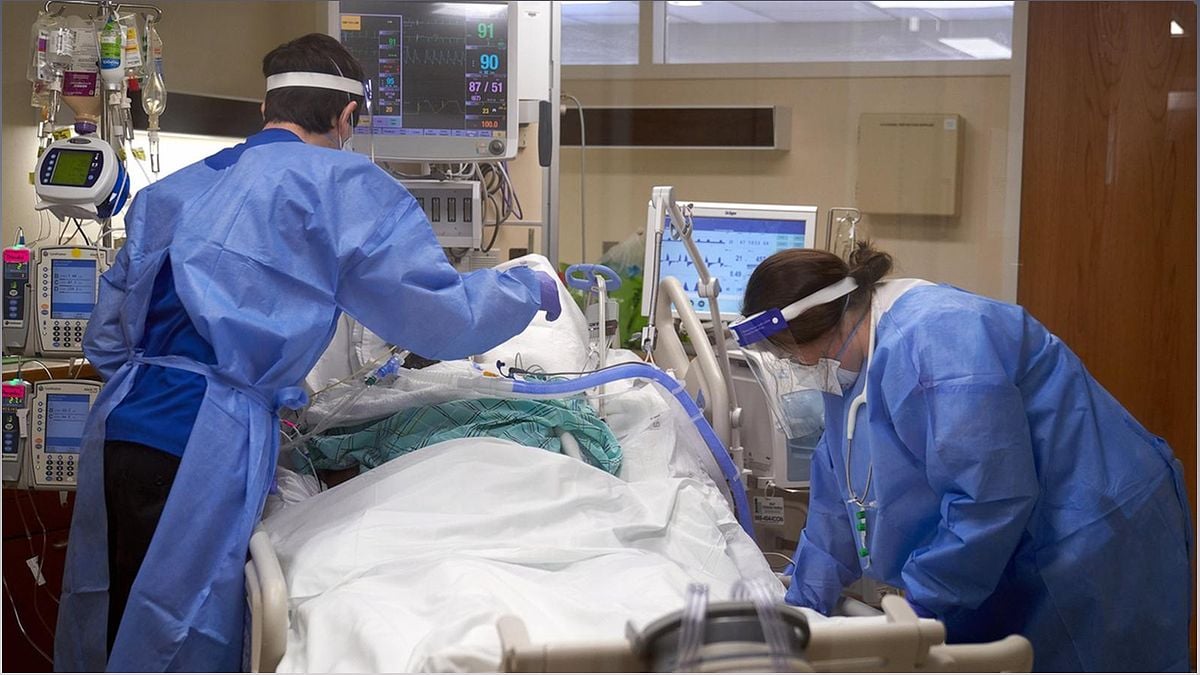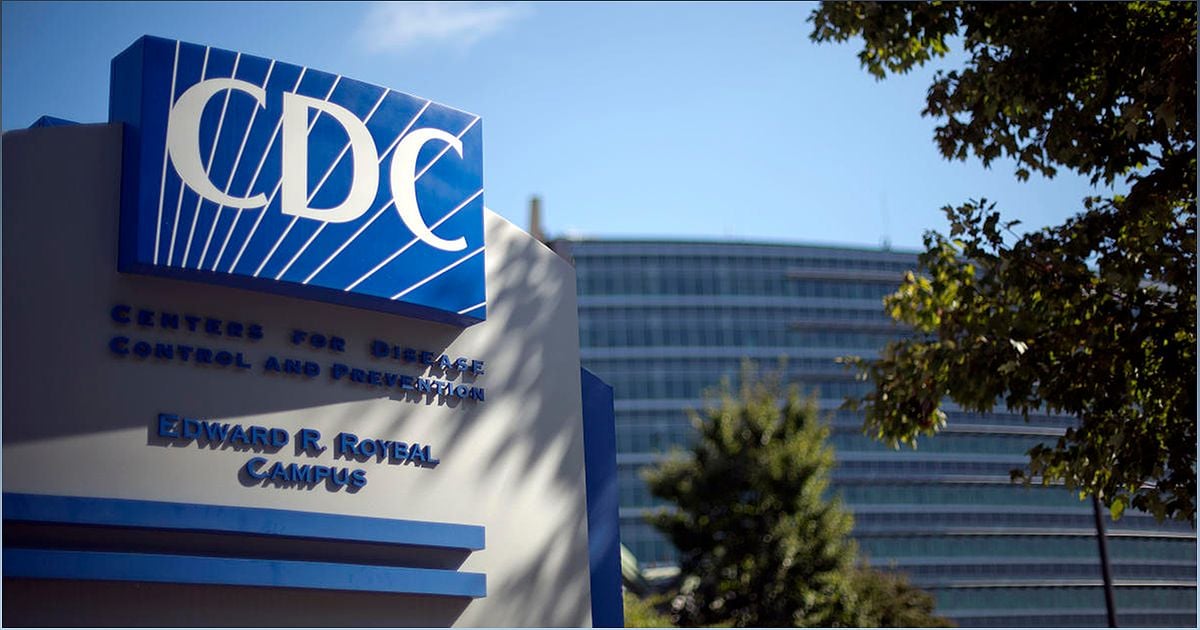Respiratory Virus Season in the US: Risks, Vaccination, and Strain on Healthcare
The respiratory virus season is in full swing in the United States, and the US Centers for Disease Control and Prevention (CDC) warns that the peak is yet to come. With low vaccination rates, many people are at risk of severe disease, and healthcare systems are vulnerable to increased strain. This article discusses the rising hospitalizations, the need for higher vaccination coverage, and the impact on flu and RSV activity. Discover the importance of vaccination and everyday prevention measures to protect yourself and your loved ones. Stay informed and take action to reduce the spread and impact of respiratory illnesses.
Rising Hospitalizations and the Urgent Need for Vaccination
The United States is currently experiencing a significant increase in hospitalizations related to respiratory viruses. According to the CDC, the number of hospitalizations has risen by 52% in the past month alone. While COVID-19 remains a major contributor, hospitalizations for flu and RSV are increasing at a faster rate.

It is crucial to emphasize the importance of vaccination in protecting ourselves and our loved ones from severe outcomes of these viral respiratory illnesses. The CDC highlights the potential for a substantial reduction in hospitalizations with high immunization uptake. However, vaccination rates remain low, creating an urgent need to boost vaccination coverage.

As we navigate this challenging respiratory virus season, it is essential to stay informed, get vaccinated, and encourage others to do the same. By taking proactive measures, we can help alleviate the strain on healthcare systems and protect vulnerable populations.
Flu and RSV Activity: Growing Concerns and Regional Impact
Learn about the growing concerns surrounding flu and RSV activity, their impact on different regions, and the need for preventive measures.
Flu-like activity is currently highest across the South, but it is also significant in nearly half of the US states. Doctor’s office visits for influenza-like illness have been consistently above the national baseline for six consecutive weeks, indicating widespread transmission.

The CDC estimates that this season has already seen 3.7 million flu illnesses, 38,000 hospitalizations, and 2,300 deaths. These numbers highlight the severity of the flu and the importance of taking preventive measures.

RSV activity has shown signs of reaching its peak, with test positivity rates and emergency department visits starting to decline. However, RSV hospitalization rates remain higher than previous years, except for last season’s peak. This emphasizes the ongoing impact of RSV on young children.
It is crucial to recognize the regional impact of flu and RSV activity and take appropriate preventive measures. By following everyday prevention measures, such as covering coughs and sneezes and staying home when sick, we can help reduce the spread of these respiratory viruses.
Strain on Healthcare Systems and Delays in Care
Understand the strain that respiratory viruses put on healthcare systems and the potential for delays in care for patients with other serious health conditions.
The increasing hospitalizations due to respiratory viruses are putting a significant strain on healthcare systems across the country. Some areas are already reporting hospital beds for children being nearly as full as the previous year. If these trends continue, emergency departments and hospitals could face overwhelming pressure, leading to potential delays in care for patients with other serious health conditions.
It is crucial to address this strain on healthcare systems by taking preventive measures and getting vaccinated. By reducing the burden of respiratory illnesses, we can ensure that everyone receives timely and appropriate care for their health needs.
Protective Measures: Vaccination, Testing, and Everyday Prevention
Vaccination remains the best way to protect ourselves and our loved ones from severe outcomes of respiratory illnesses. It is crucial to get vaccinated against COVID-19, flu, and other recommended vaccines to minimize the risk of hospitalization and complications.
In addition to vaccination, testing plays a vital role in identifying and containing the spread of respiratory viruses. Timely testing allows for early intervention and appropriate treatment, reducing the impact on individuals and communities.
Everyday prevention measures, such as covering coughs and sneezes, washing hands frequently, and staying home when sick, are simple yet effective ways to prevent the spread of respiratory illnesses. By practicing these measures consistently, we can contribute to a healthier and safer environment for everyone.
